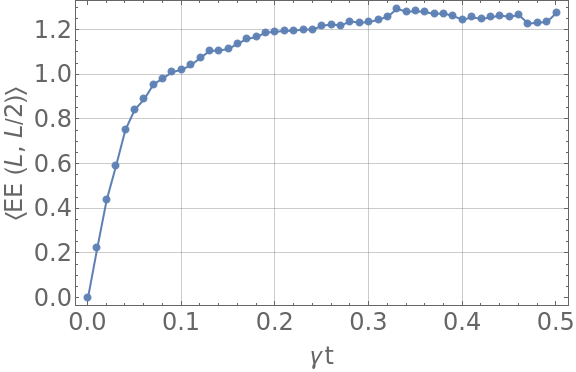Wolfram Language Paclet Repository
Community-contributed installable additions to the Wolfram Language
WickSimulate |  |
|
| | ||||
| | |||||
|
0 | 0.175429 | -0.12261 | 0.0940521 | … |
-0.175429 | 0 | 0.835042 | -0.577971 | … |
0.12261 | -0.835042 | 0 | 1.18605 | … |
-0.0940521 | 0.577971 | -1.18605 | 0 | … |
… | … | … | … | … |
|
(-0.953177+2.02279) c 1 c 2 c 3 c 4 † c 1 † c 2 † c 3 † c 4 |
(-2.21583-0.00918327) c 1 c 2 c 3 c 4 † c 1 † c 2 † c 3 † c 4 |
|
|
|

